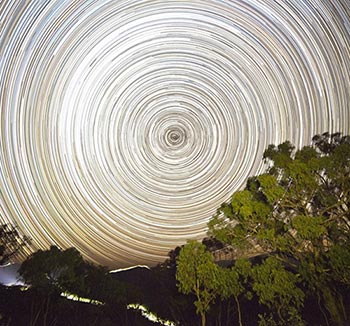On Monday evening we had a real treat, making the most of a clear night sky with an astronomy class! We set ourselves up in Royal Park and Andrew, who is currently completing a masters in astronomy at Swinburne University, was our guide.
We started off by learning some basics about the stars and their names. Did you know that each star in a constellation is named based on its relative brightness? So the brightest star in a constellation is α- (alpha-) [constellation name], the second brightest is β- (beta-), and so on through the letters of the Greek alphabet (although occasionally early astronomers got the order wrong and the names have stuck!). This is the Bayer designation, as started by the German astronomer Johann Bayer in 1603. Stars are officially named by the International Astronomical Union and there are 88 modern constellations.
Then we heard stories about some of the constallations and learnt our way around Scorpius (for the zodiac sign Scorpio, which contains the star Antares, which means “rival of Mars”, because it looks red), and Crux – the Southern Cross, which is the smallest of the constellations. We learnt how to find south by using the Southern Cross and also talked about night sky photography and star trails, which are apparent in long exposure photography such as this photo by Andrew.

Finally, we looked through Andrew’s 10-inch Newtonian telescope. First of all we looked at Saturn and some of its moons, and then we saw the moon in outstanding detail. The featured image was taken through Andrew’s telescope by Bhaskar!